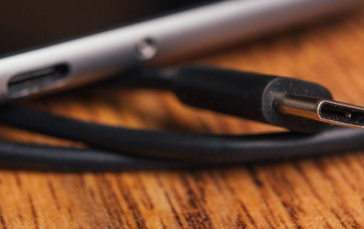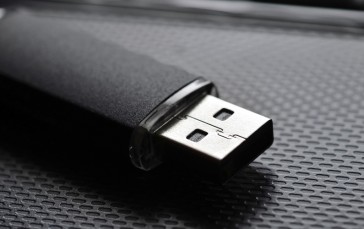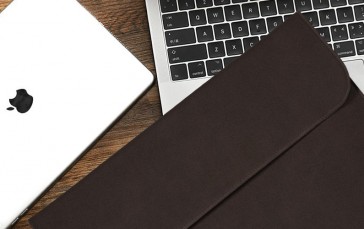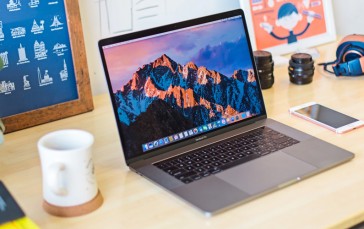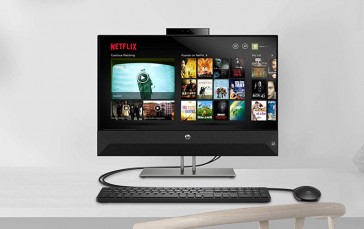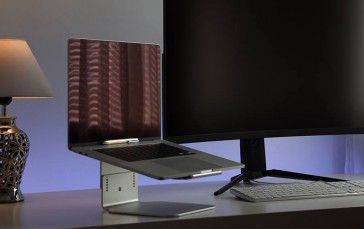Speed Up A Slow Mac
We live in a fast-paced world and anything that slows us down can cause a lot of frustration. For Mac PC users, nothing contributes to this frustration more than a slow PC. We’ve come to rely heavily on our digital technology and we use them for so many daily assignments and activates. Unfortunately, most PCs, including Mac PCs, have a lot going on in the background and we tend to only focus on what we are knowingly saving and storing. Often, the things that slow down our PCs are the hidden files and cookies that surreptitiously sneak into the PC memory. These are most often the cause of a slow PC. But there are ways to speed up our PCs to get them moving much faster and allow us to get the smooth productivity going again. We’ve looked at 10 way to speed up a slow Max to make PC use a little less frustrating.
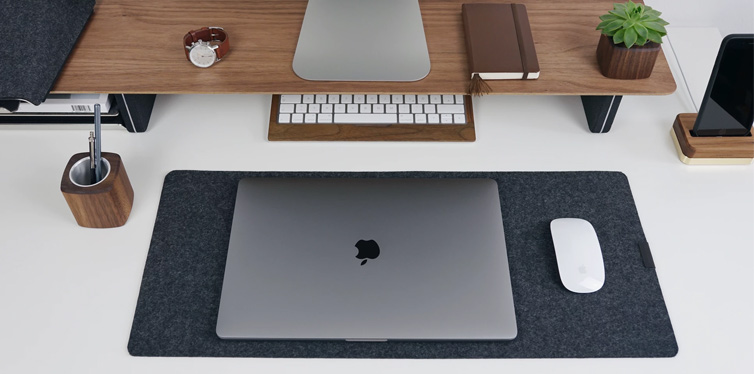
1. Manage Your Start-Up
Have you ever wondered why your MacBook is taking so long to load when you first turn it on? It’s possible you have too many things happening in your startup menu. What you are waiting for is every little app to fully load before you can get to work. For example, you may have several browsers you use, such as Safari, Chrome and Firefox, and each one of these will be loading while you wait. A startup menu that only needs to open your essential programs apps for instant access will do wonders for the bootup process.
All you have to do is go to your System Preferences, select Users & Groups and click on your Username. Next click on Login Items and select the programs that you don’t need to load when you log in and click on the “–” button.
2. Check Your Activity Monitor
The activity monitor in your MacBook shows everything that is going on in your PC. By checking your Activity Monitor you will be able to see which programs and apps are putting the most burden on your PC. You’ll also be able to see how much memory has been taken up by these various items.
Click on the Utilities Folder and open the Activity Monitor. You can now see what processes are on your Mac. You can close some of these, but keep in mind there are some processes which you can’t close and others you should never close. Next click on the CPU button and the CPU you should be able to see a list of programs based on the amount of CPU they are using.
3. Cut The Visual Effects
Macs have great visual effects. But do you really need all of them, all the time? Running all of the visual effects on your Mac can slow your PC down considerably. You can still get a great visual effect without every component running. Furthermore, the newer Macs can now run Mac OS X Mavericks with ease. However, some users still prefer to prevent slowdown by keeping the dock static.
To minimize your visuals, click System Preferences then Dock and uncheck the following boxes:
- Magnification
- Animate opening applications
- Automatically hide and show the dock
- Turn off accessibility
You can then click on Minimize windows using and change Genie Effect to Scale Effect.
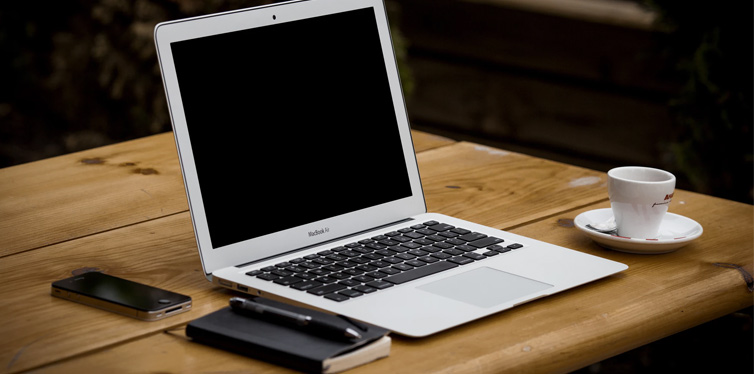
4. Upgrade Your Software
There are many benefits to upgrading your software and you should do so quite regularly. Especially if your MacBook gets a lot of use. These upgrades protect your PC and all the information you store on it from hackers. While it may seem annoying and unnecessary, these updates also help your Mac to keep up with new and exciting features that can enhance the performance of your PC and that, in turn, will also help your system work faster.
Check for updates at regular intervals, or better yet, set up automatic updates. To do this, click on the apple icon in the menu bar and select Software Update. If you’ve purchased an app outside of the app store, you may need to check for all the updates yourself. The quickest way to find updates is to click on Check for Software Update when you are checking a particular app or program.
If you don’t want to do this yourself every time you can set up your Mac to check for you. Go System Preferences and select App Store. Then check to make sure that the Automatically Check for Updates box is ticked. You can then click on Install App Updates and your apps will automatically update as needed.
You can also download the AppFresh app which will keep track of all your apps and checks to see which ones need an upgrade. Some of these apps can also update themselves making life easier for you.
5. Clean Your Hard Drive
If your Mac seems to be running at a snail’s pace, you may need to clean your hard drive. This is one of the best and quickest ways to speed up your slow Mac. All you have to do is get into your hard drive and clean out anything that is slowing down your PC. The things are usually slow down your MacBook are the cache, hidden trash, logs, apps, widgets and plugins. While this is relatively simple to do, it does take a bit of time to locate all the items and delete them. This process is a lot faster if you know what to look for. Fortunately, for those that aren’t exactly tech-savvy, there are disk cleaning apps you can take advantage of.
6. Add Some More Memory
Increasing the amount of RAM in your Mac is a definite way to get your PC to speed up. The more memory you have, the better the overall performance of your laptop. The trouble is, this is a bit of an intricate process and not recommended for amateurs. The process involves flipping your Mac over, unscrewing the housing and locating the memory modules and replacing the old ones with new ones. There are so many screws and tiny parts, it’s easy to forget what goes where. So unless you know the inner workings of your PC it’s best left to an IT specialist.
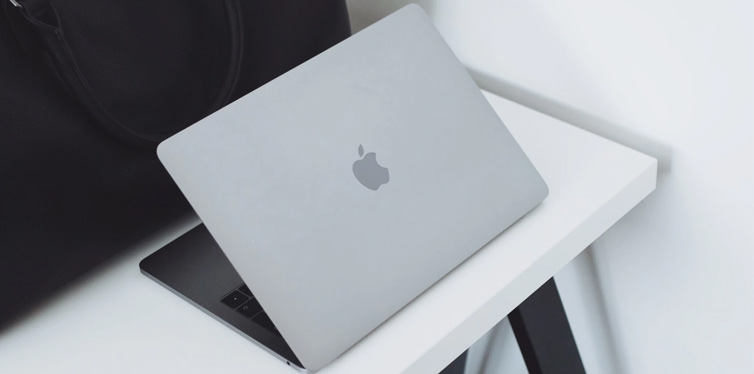
7. De-clutter Your Mac
Clutter slows us down in all areas of our lives and the clutter that is on your laptop or PC is no different. If you looked at your files right now you’d probably find thousands of pictures, music documents, videos, games and a whole lot more. Then too, are programs you seldom if ever use. Too much hoarding of this type of information makes it harder for your Mac to work at full capacity and this will slow it down.
iTunes is also notorious for storing apps you install on your iOS device. Your Mac has its own tool for clearing clutter too. The Reduce Clutter tool gives you the option of examining your system and identifying large files and downloads so you can delete them quite easily. You can also go straight into your iTunes account and take care of unwanted apps there.
There are a number of ways you can clear this clutter. You can store all of your files in something like iCloud or if you don’t want to leave these files in cyberspace, external hard drives are a great option and they come in a variety of storage sizes so you can choose one relatively large one, or have several smaller ones for each purpose you have in mind. You’ll still get to keep all of those valuable files you love but you don’t necessarily need to store them all on your laptop. You also need to clear your trash as often as possible. If you’re the type that forgets this regular clean-up, set up your system to empty the trash automatically every 30 days.
8. Reinstall OS X
If you’ve tried everything you can think of and your MacBook is still running slow then you may need to consider reinstalling the OS X. This is basically Apple’s operating system for Mac computers. If your PC is slow or constantly crashing for no apparent reason and you’ve done everything you can to clean the hard drive and shift files to external hard drives or another storage facility, your only remaining choice may be to reinstall the OS X.
To reinstall your OS X you need to:
- Click on Reinstall OS X from the utilities window
- Click Continue and follow the prompts.
- Click Install and your Mac will automatically restart after reinstallation is complete.
Just remember that this process will completely wipe your system clean so back up any files, photos, videos, etc. that you intend to keep.
9. Close Those Idle Web Pages
Web browsers and other applications can put significant strain on your PC and some of them are notorious for draining a whole lot of power from your processor. You can actually check this expenditure in your Activity Monitor but what you really need to do is keep an eye out for pages that do put a toll on your Mac and don’t keep pages and tabs open in the background. If you don’t need a particular page then it’s best to close it. You can always open it again when you actually need it. You should also look at minimizing the number of active browser extensions you use.
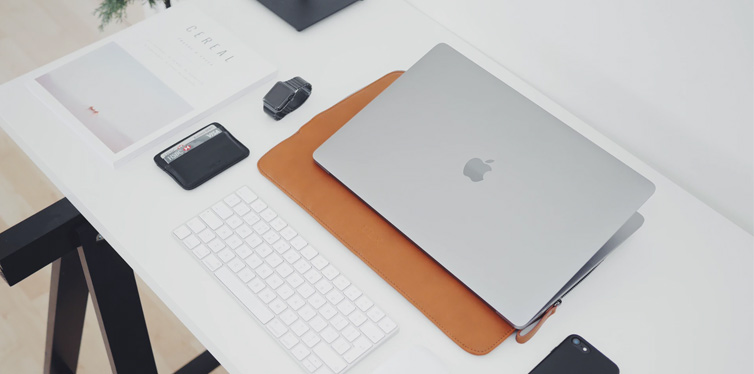
10. Empty Your Mail
One of the worst culprits when it comes to Mac hoarding is the mailbox. If you’re the type of person who likes to have one mail account and you’ve been using it for years, chances are there is a lot of sorted trash in your files. We all have those accounts where we don’t delete old mail for fear we may need the information in them again but if you have a whole bunch of mail that you haven’t opened in a long time, it’s time to hit the Delete button. Get into your mail account and clear any spam mail, your deleted mailbox and anything else you don’t need.
Once you’ve taken the necessary steps to get your Mac working at a decent speed again you’ll be able to do things faster and without frustration. You really should look at doing a regular spring clean and de-clutter of your PC and if you take it with you on the road a lot, MacBook cases are a great way to keep your PC protected. They come in a large variety of styles with different functions with many doubling up like a briefcase as well. So whether you just want to give your Mac a nice looking second skin, or have an easier way of carrying it around with you, there is a case that will suit your needs.



